The Japanese schoolteacher who created a whole new breed of flowering cherries
Val Bourne tells the extraordinary story of the creation by a Japanese schoolteacher of a new race of flowering cherries, which is now available in this country. Photographs by Clive Nichols and Chris Sanders.
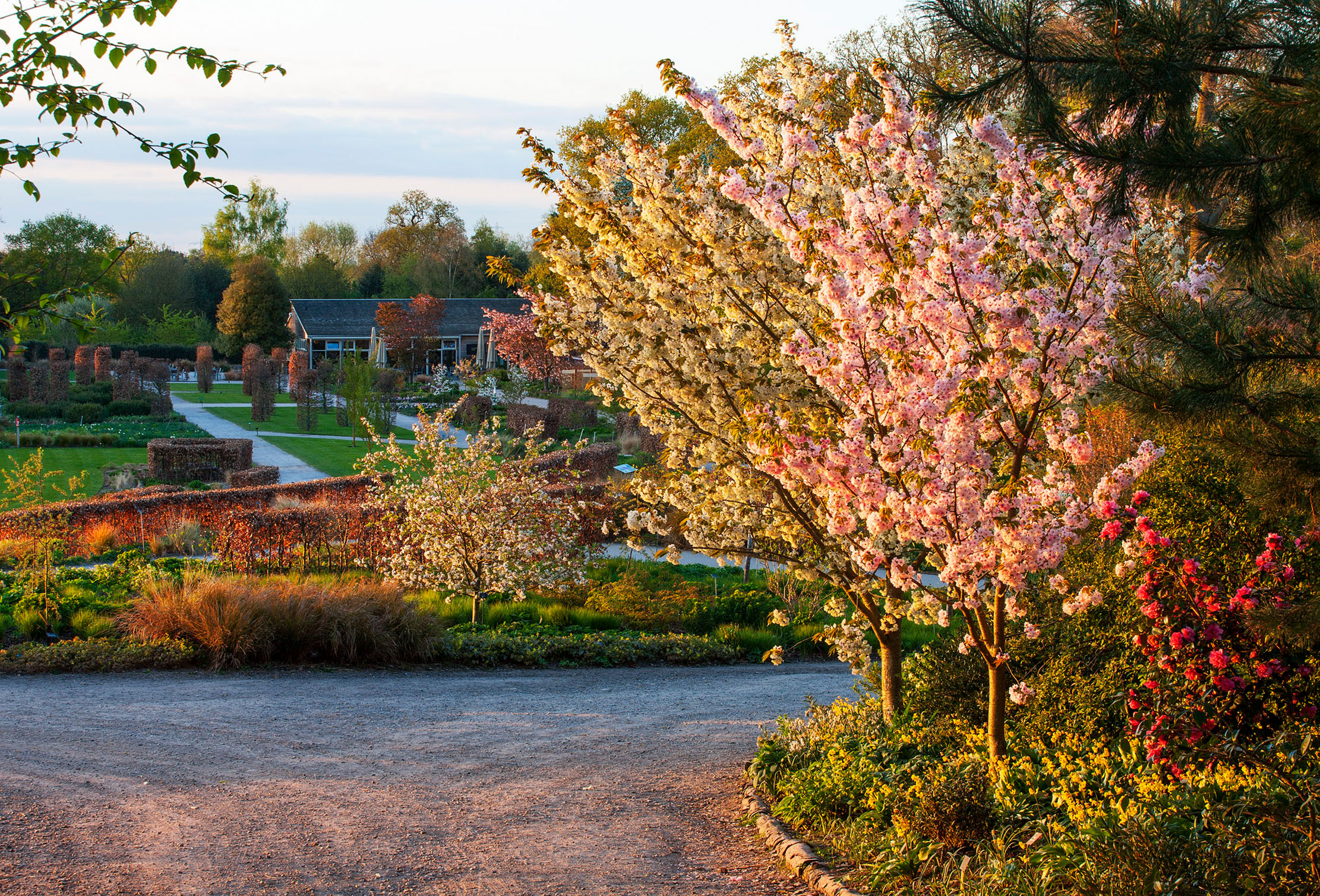

In the past 20 years, a new race of Japanese flowering cherries has arrived in the West. It comes from Hokkaido in northern Japan, where winters are as cold (or colder) than they are in Britain. The trees were selected and named by a Japanese schoolteacher named Masatoshi Asari. They are now known as the Matsumae cherries.
Mr Asari was one of several custodians of a conservation collection of historic flowering cherries planted in Matsumae Park in the town of the same name in 1961. Mr Asari’s childhood was overshadowed by the Second World War and, in particular, by the horrific accounts from his older brother, who had been a volunteer at the local prisoner-of-war camp near Hakodate, Hokkaido.
The Asari family abhorred the way prisoners of war were treated and Mr Asari resolved to make amends by creating something beautiful to atone for those dark times. He began hybridising the flowering cherries in his local park from the 1960s onwards, a process that still continues. His conservation and breeding work have earned him the title of Sakuramori, protector of cherry trees, and 116 named flowering cherries of his raising are now planted in his local park.
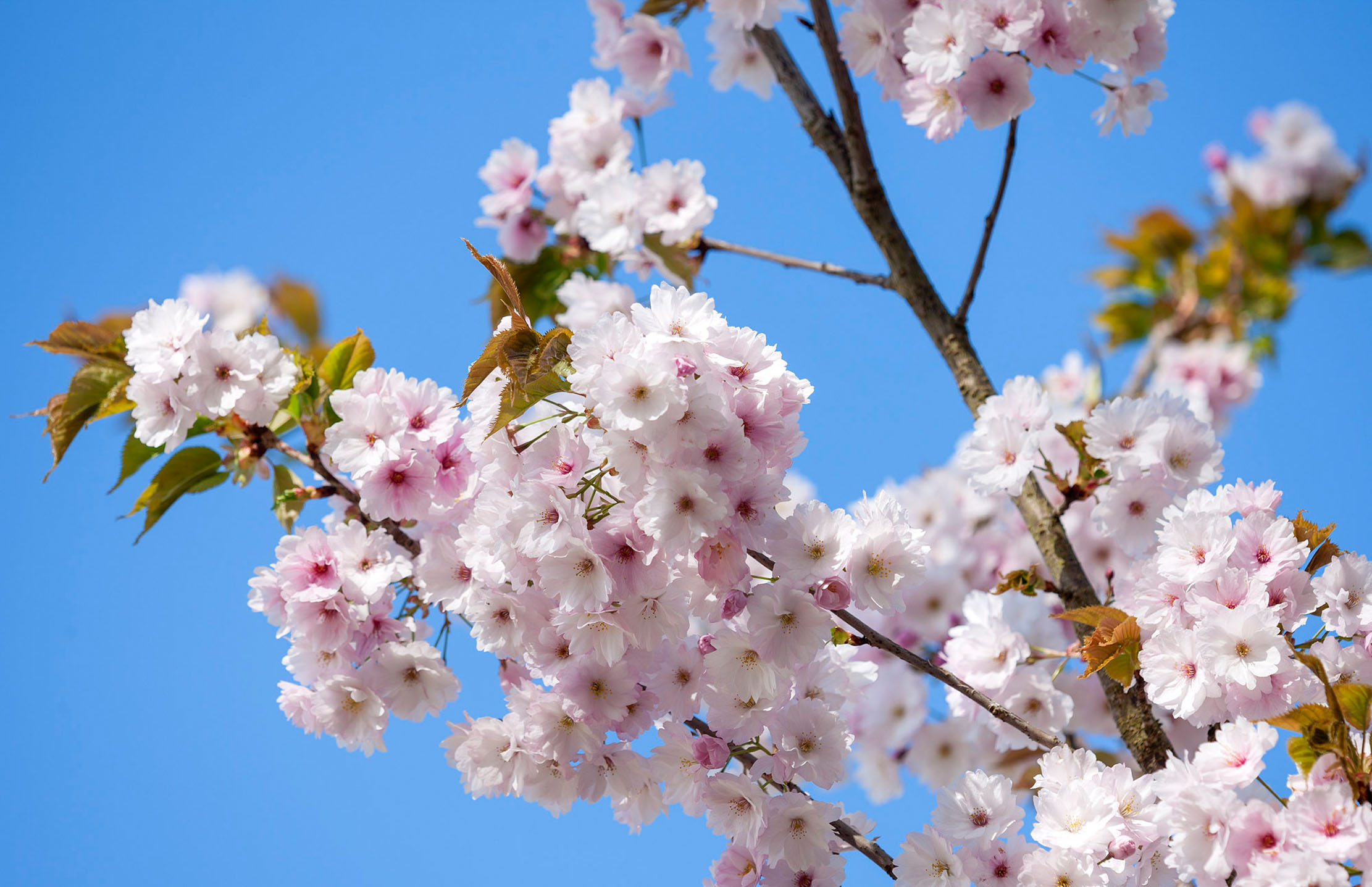
Mr Asari’s creations might well have stayed hidden in the depths of Hokkaido but for a series of incredible coincidences. The first occurred in 1982, after the Flower Association of Japan published a Manual of Japanese Flowering Cherries, itemising all the species and cultivars grown in Japan. They included Mr Asari’s new Matsumae cherries and, after the book was translated into English, a copy was acquired by the late plantsman Graham Stuart Thomas (1909–2003).
Chris Sanders, bearer of an RHS Victoria Medal of Honour and our leading expert on flowering cherries, was visiting Thomas not long afterwards, when he spotted the book and asked to look inside. ‘I was stunned by what I saw, because it contained cherries I’d never heard of and didn’t know existed. No one seemed to have the book for sale in this country, so I had to write to the publishers in Japan to get my own copy.’
The history of Japanese cherries
The Japanese have celebrated 'hanami', the arrival of cherry blossom, since 812, when the imperial family hosted the first cherry blossom party for their friends. Although there are hundreds of named cherries throughout Japan, most of these have evolved from only 11 native species, because cherries hybridise freely when bees visit. Most of the named varieties were spotted as single specimens in the wild, where they like to grow on free-draining mountainous slopes away from the coastal plain. They were collected, named and raised from seeds, or by grafting.
The well-connected Mr Sanders was a friend of the late John Bond (1932–2001), then Keeper of the Gardens in Windsor Great Park. ‘In 1992, I heard that John had been invited to lecture in Japan on ornamental cherries in British gardens. I made a list from the book of about 25 desirable cherries that I wanted to know more about, without realising that they had all been raised by Mr Asari.’ Bond duly made enquiries as he traversed Japan and, in February 1993, a large cardboard box arrived at Windsor. It contained scion wood taken from 58 Matsumae cherries.
Exquisite houses, the beauty of Nature, and how to get the most from your life, straight to your inbox.
These were sent on to Mr Sanders at Bridgemere Nurseries in Cheshire, where owner John Ravenscroft immediately saw their potential. Each scion was grafted onto Prunus avium (the common wild cherry) and then planted out. ‘I still have Mr Asari’s handwritten labels, with the Japanese characters and names,’ adds Mr Sanders.
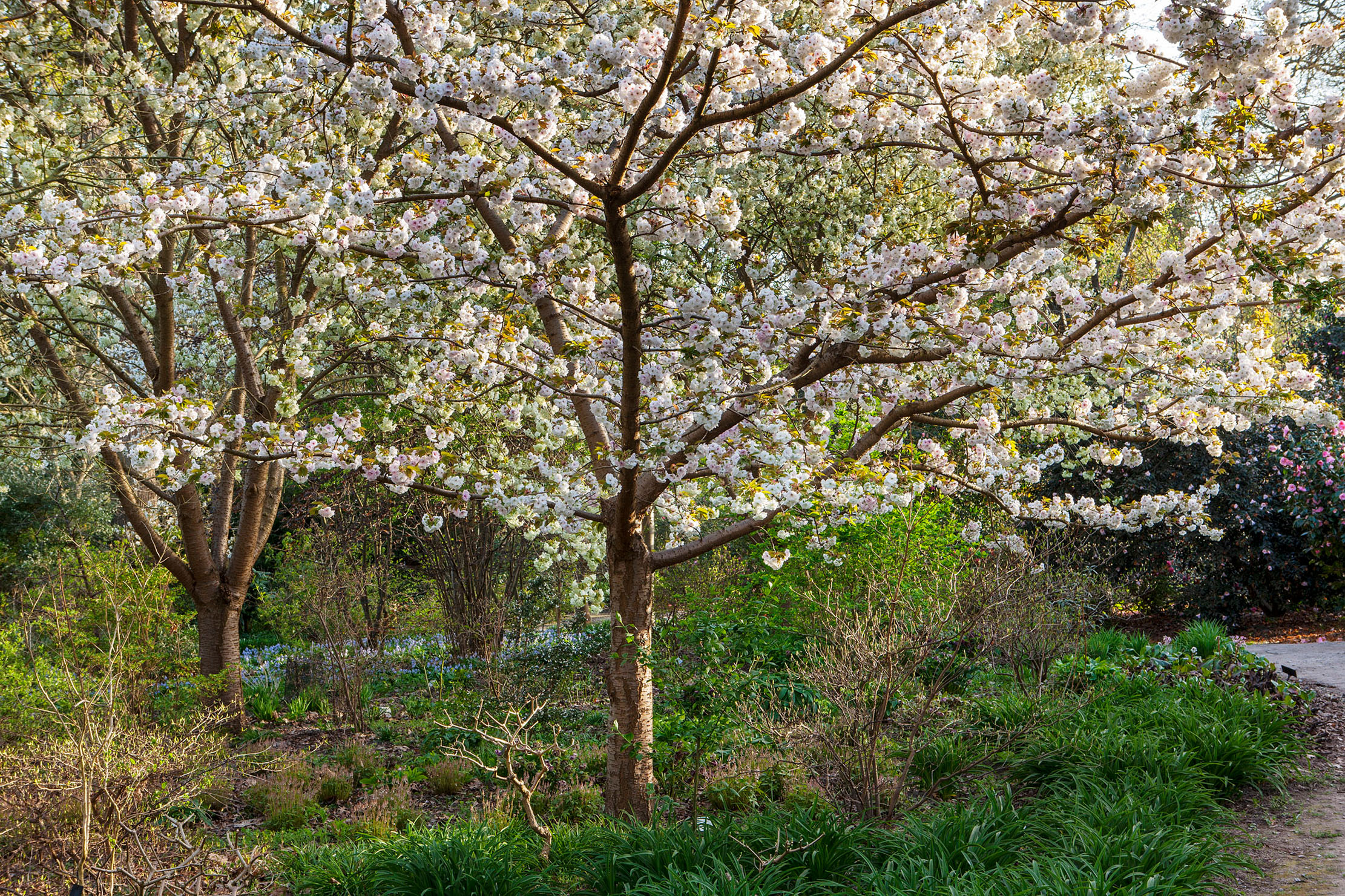
The next five to six years were spent selecting the most gardenworthy ones and bulking them up. Trees were sent to Windsor and then on to Kew Gardens. However, the Japanese names were proving confusing for the Bridgemere sales team, so Mr Sanders came up with evocative English trade names, although he is keen to point out that these are not synonyms. The first commercially available Matsumae cherry, ‘Shizuka’, was launched in 2000 under the name Fragrant Cloud, because this upright cherry is reputedly the most scented of all. The white, semi-double flowers open in April and the foliage colours up to a reliable orange-red in autumn.
In 2010, the RHS began a two-year off-site assessment of flowering cherries at Chris Lane’s nursery near Sittingbourne in Kent. There, 19 Matsumaes received the RHS Award of Garden Merit, which encouraged more nurserymen and keen gardeners to grow them. At present, only six are commercially available, thanks to Nick Dunn of Frank P. Matthews, who was committed to growing hundreds of them and supplying garden centres. Michael Heseltine’s arboretum, which has 18 Matsumae cherries at Thenford, near Banbury in Northamptonshire, one of the largest collections in one place and is perhaps the best place to see them.
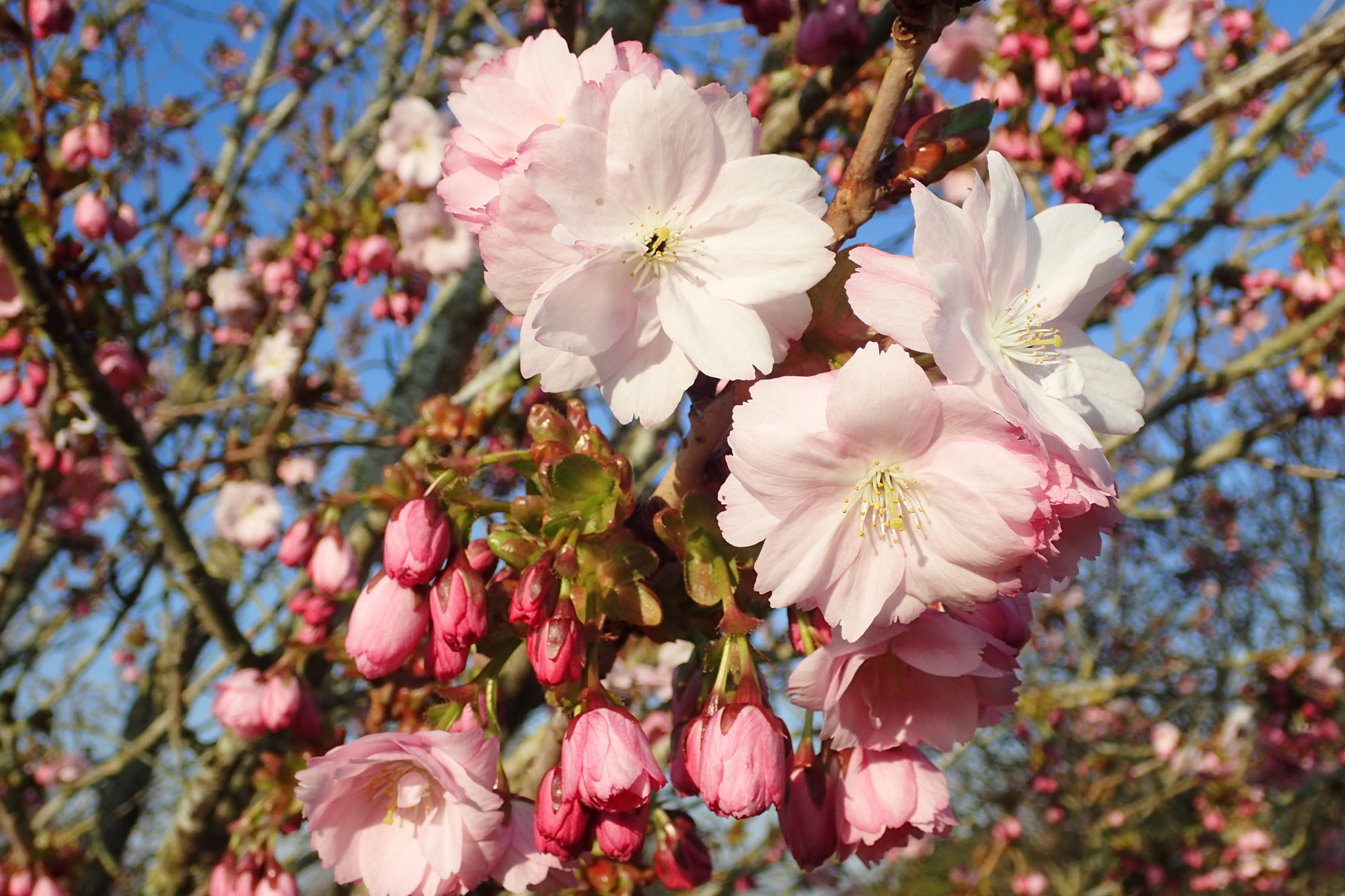
Following the success in the RHS trial, Mr Sanders attempted to contact Mr Asari in 2014, explaining his own role in the propagation and distribution of the Matsumae cherries. No reply came, but, several months later, Mr Sanders received an unexpected email from Hiromichi (‘Henry’) Kurata explaining, in English, that Mr Asari had held up Mr Sanders’s letter during one of his seminars on cherries. Mr Asari does not speak English, but Mr Kurata was able to liaise between the two experts and Mr Asari was thrilled to learn that his new introductions had been successfully propagated in the West. He was particularly delighted to discover that some of his cherries were to be planted in the old garden of the legendary Collingwood ‘Cherry’ Ingram, The Grange at Benenden in Kent. (In her excellent book, Cherry Ingram: the Englishman who Saved Japan’s Blossoms, Naoko Abe includes an account of Mr Asari’s work.)
Mr Sanders and Mr Asari finally met in Matsumae in 2016, when the cherries were in full bloom. ‘We were able to converse with the help of our go-between, Mr Kurata,’ recalls Mr Sanders. ‘Although Mr Asari was 85 years old, he was still very spritely.’
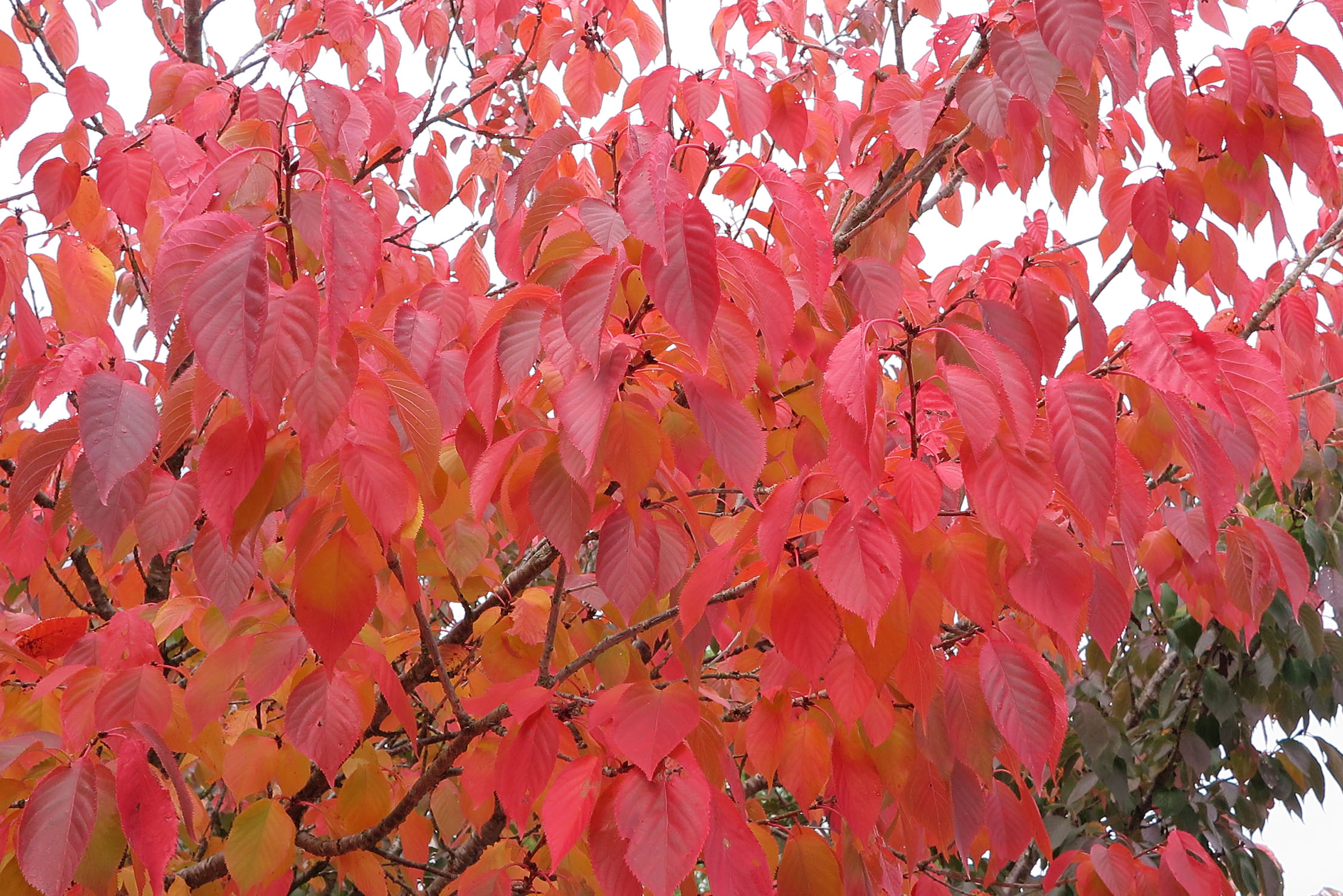
He had organised an elaborate Japan/UK friendship celebration in Matsumae Park, involving the press and local dignitaries. This concluded with the unveiling of a substantial granite memorial, shaped like an open book. Etched into the stone, in Japanese and in English, was the story of how the Matsumae cherries travelled from Hokkaido to Britain. It seems a fitting tribute to a story that began with a chance sighting of a book on Graham Stuart Thomas’s bookshelf some 30 years ago.
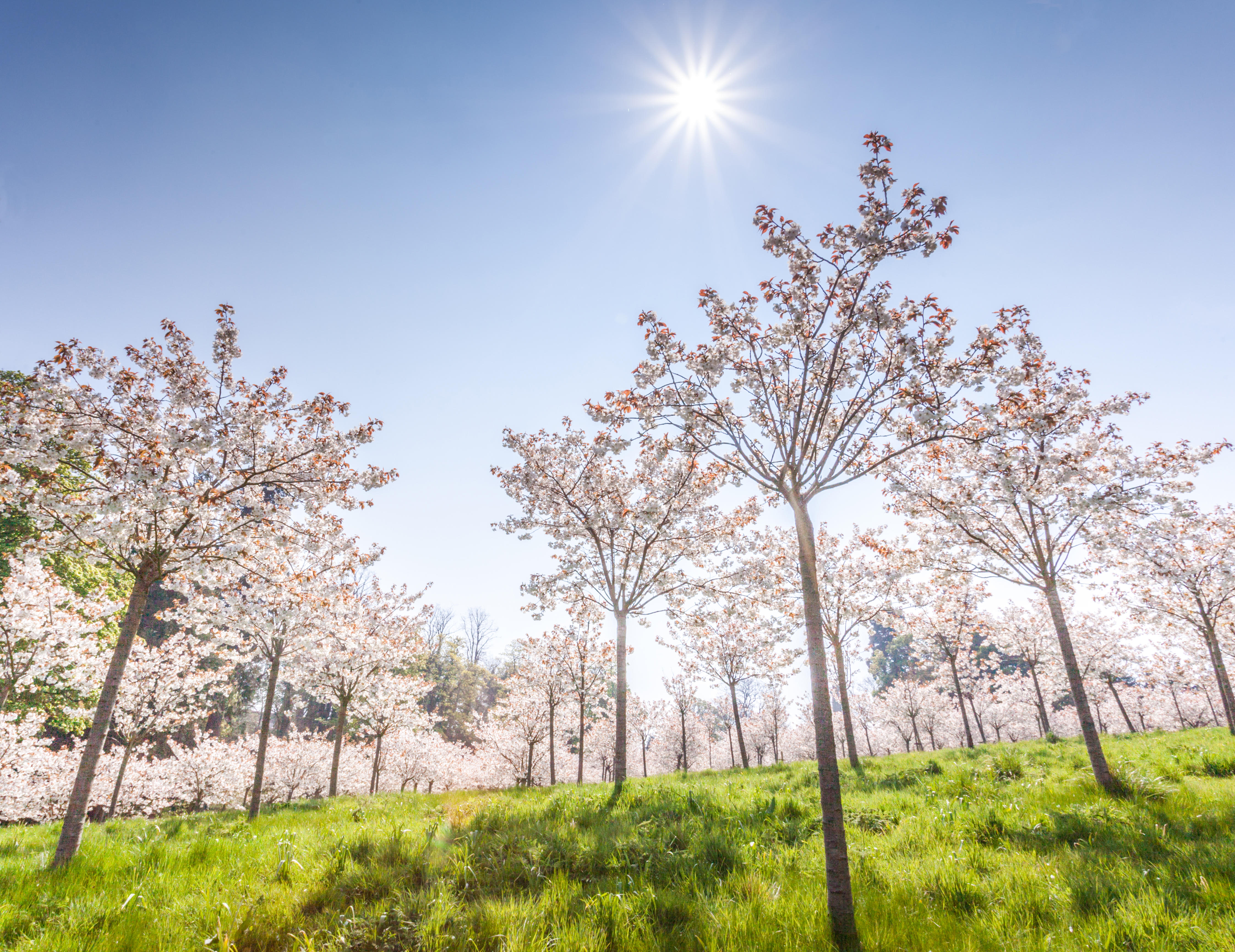
Britain is blossoming – here’s where to make the most of this beautiful moment in Spring
With blossom trees across the nation bursting into bloom we've polled our team of writers and contributors to offer these
